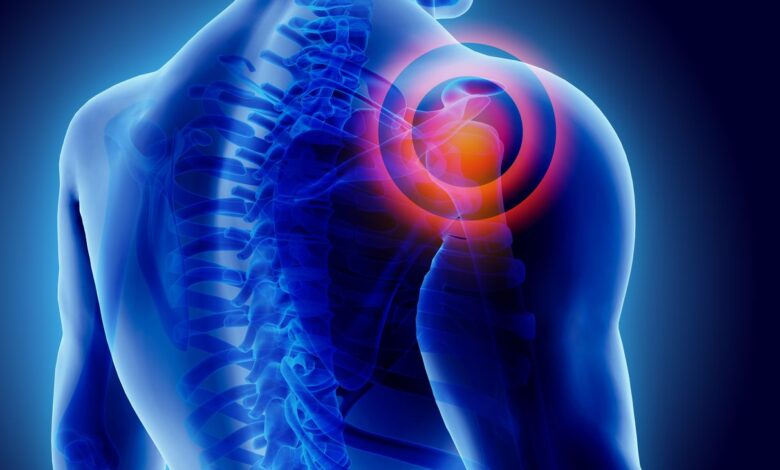How to Treat Muscle Strain Effectively?

What Signs of a Strain on the Muscles?
A condition known as muscle strain occurs when tendons or muscles are ripped or stretched for a variety of reasons. Some of the main factors that lead to muscular strain include abrupt movements, intense physical activity, and vigorous exercise. Muscle strains can range in severity from minor to severe, and the degree of discomfort experienced also varies with the severity of the symptoms.
The following are typical signs of muscle tension brought on by tendon or muscle tears or stretching:
- Bloating
- Weakened muscles
- Slower movement
- Sensitivity
- Suffering from pain
- muscle twitches
Although not all cases of muscle strain may present with all of these symptoms, soreness and swelling are among the most often identified signs of muscle strain.
Some Causes of Muscle Strain: Failure to adequately cool down after physical activity and insufficient warm-up before intense activities are two common causes of muscle strains. Muscle rips and injuries can result from unintentional slips or losing balance while exercising.
Tendon rips resulting in muscular strain can also be caused by bad posture when lifting large objects. People who participate in sports or other physical activities on a regular basis are more prone to experiencing muscular strain as a result of overusing their muscles.
How Can Muscle Strain Be Effectively Treated?
Muscle strains can be treated in a number of ways, and in order to properly control the pain that results, doctors may advise using oral drugs such as Pain O Soma 500mg . Recovery times vary; mild-to-moderate strains can heal in a few days or weeks, while severe or acute strains might take several months to fully heal.
Common Muscle Strain Treatments:
Massage:
The application of light pressure to the region that is injured can help alleviate pain, relax muscles that are tight, and stimulate blood flow, all of which can speed up the healing process.
Physical Therapy:
Physical therapy may not always be essential for mild to moderate muscle injuries; however, it may be useful in stimulating movement and relieving discomfort following an extended period of rest.
Cryotherapy:
Putting ice on the injured area helps speed up the healing process by reducing pain and boosting blood flow once the ice is removed. When treating musculoskeletal pain and swelling, ice packs work effectively, but they shouldn’t be used for longer than 20 minutes.
Heat Therapy:
The use of heat therapy, whether it be homemade heat packs or commercial heat pads, is the most beneficial treatment for mild to moderate muscular discomfort. By aiding in the release of tight muscles and minimizing muscle weariness, it performs the function of a prophylactic against the strain that can be caused to muscles.
Compression Techniques:
Using a bandage or other kind of applied compression can help reduce swelling and pain while increasing blood flow to the injured area. For mild to moderate sprains, elastic bandages are a good option. For acute muscular strains, compression socks or stockings with specific design are helpful.
Muscle relaxants:
For the treatment of mild-to-moderate and acute muscle sprains, doctors may recommend muscle relaxants. While there are over-the-counter alternatives, physicians may prescribe particular dosages, like Pain O Soma 350, for prompt and efficient relief from the pain associated with muscular strains. The condition’s intermittent spasms and unexpected cramps can be relieved by muscle soreness.
In conclusion,
there are a number of therapies for muscle strains. One particularly good treatment for acute muscle strains is the use of drugs such as Pain O Soma 500, which effectively relieves related pain. Pills4cure offers prescription and over-the-counter muscle relaxants that are both effective and reasonably priced for treating muscular strain.



